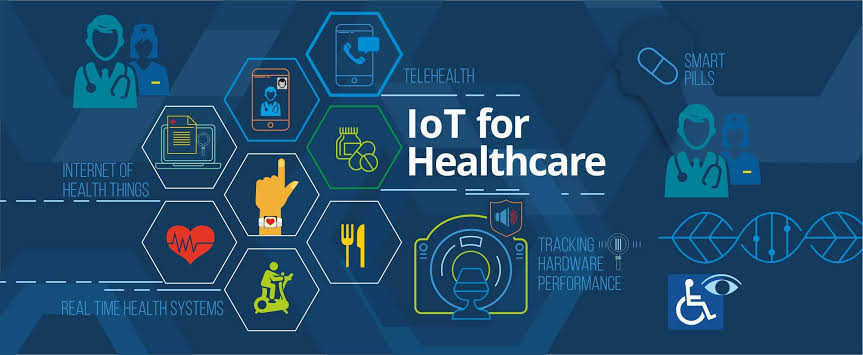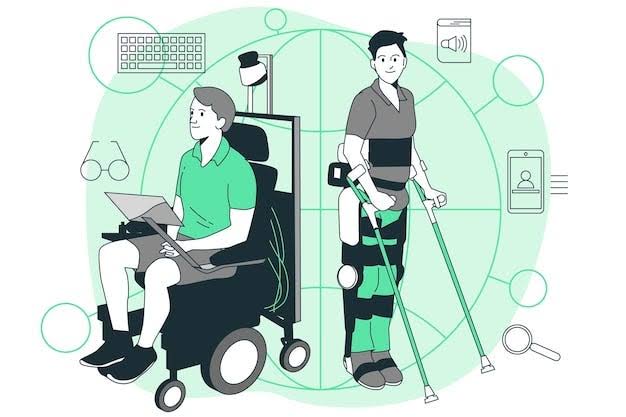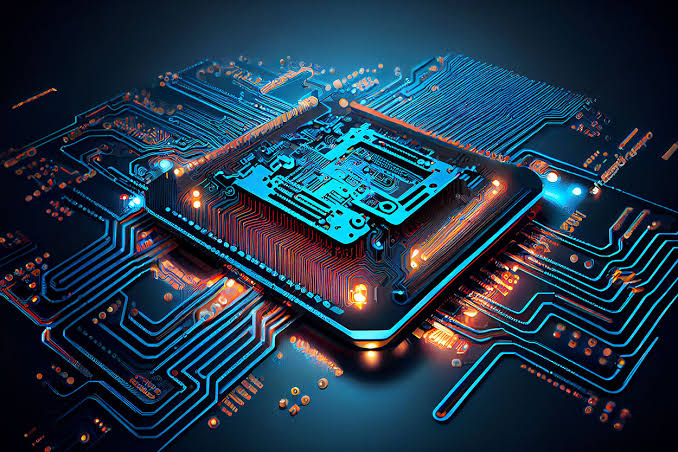As the world moves deeper into the digital age, the evolution of computing is on the brink of a monumental shift. Quantum computing, a rapidly developing field, promises to revolutionize how we process data, solve complex problems, and secure digital communications. As of July 2025, the intersection of quantum computing and encryption is a major area of focus for researchers, governments, and industries alike. The possibilities are vast, but so are the implications.
What is Quantum Computing?
Quantum computing harnesses the principles of quantum mechanics to perform calculations far beyond the reach of traditional computers. Unlike classical bits, which store data as 0 or 1, quantum bits—or qubits—can exist in multiple states at once through a concept called superposition.
Key principles include:
- Superposition: Allows qubits to represent multiple values simultaneously
- Entanglement: Links qubits in ways that changes to one affect the other instantly
- Quantum interference: Enhances the probability of correct outcomes and cancels out errors
These principles enable quantum computers to process a vast number of calculations in parallel, making them highly effective for complex simulations and optimization problems.
The Disruption of Current Encryption Standards
Modern encryption methods, such as RSA and ECC (Elliptic Curve Cryptography), rely on mathematical problems that are hard for classical computers to solve. However, quantum computers could eventually break these encryptions with relative ease.
Why quantum threatens current encryption:
- RSA encryption depends on factoring large numbers—a task quantum computers can solve exponentially faster using Shor’s Algorithm
- ECC security relies on the difficulty of solving discrete logarithm problems, which quantum systems can potentially crack
- Symmetric encryption methods like AES may also be weakened, though less severely than asymmetric methods
This looming threat has led to global interest in developing new cryptographic techniques that can resist quantum attacks.
The Rise of Post-Quantum Cryptography
In response to the potential risks posed by quantum computing, researchers are developing post-quantum cryptography (PQC). These are encryption algorithms that are designed to be secure against both classical and quantum threats.
Common features of PQC include:
- Use of lattice-based, hash-based, and multivariate polynomial algorithms
- Larger key sizes and more complex mathematical structures
- Emphasis on speed, scalability, and security even with quantum processors
Organizations like the National Institute of Standards and Technology (NIST) have been working since 2016 to standardize PQC algorithms. In 2025, many institutions are already beginning to adopt these standards in anticipation of quantum breakthroughs.
Quantum Key Distribution: A New Form of Secure Communication
Quantum computing does not only present threats—it also offers new possibilities. One of the most promising developments is Quantum Key Distribution (QKD), a method of transmitting encryption keys using quantum particles like photons.
Benefits of QKD include:
- Guaranteed detection of any eavesdropping or interception attempts
- Unbreakable encryption based on quantum mechanics rather than mathematical assumptions
- Real-time key generation with physical security as the foundation
Countries like China and the United States are already testing satellite-based QKD networks, while private firms are launching commercial quantum-secure communication services.
Government and Industry Preparations
Aware of the disruptive potential of quantum computing, governments around the world are investing in research, infrastructure, and public-private partnerships. Cybersecurity agencies are issuing guidelines, and industries such as finance, healthcare, and defense are actively planning migrations to quantum-safe systems.
Strategic efforts underway include:
- National quantum initiatives with billions in funding across Canada, the EU, China, and the U.S.
- Collaborative research between universities and tech giants like IBM, Google, and Microsoft
- Early adoption of hybrid encryption systems that combine classical and quantum-resistant algorithms
- Training and upskilling cybersecurity professionals for a post-quantum future
This coordinated approach is critical to ensuring that institutions do not fall behind once quantum computing reaches practical maturity.
The Role of AI in Quantum Cryptography
Artificial intelligence is also being deployed to accelerate quantum development and improve cryptographic security. AI models can optimize quantum circuits, detect vulnerabilities in algorithms, and assist in designing more efficient quantum-proof systems.
AI applications in this space include:
- Pattern recognition to anticipate quantum decryption methods
- Automated testing of encryption algorithms against simulated quantum threats
- Machine learning models aiding in quantum hardware calibration and error correction
As quantum computing grows more powerful, AI will likely serve as both a safeguard and a catalyst in managing its impact.
Timeline for Quantum Supremacy and Threat Realization
Although some breakthroughs have been achieved, large-scale, fault-tolerant quantum computing is not yet fully realized. Experts estimate that practical quantum computers capable of cracking RSA or ECC could emerge within the next 10 to 15 years.
Progress milestones as of 2025:
- IBM and Google have unveiled quantum machines with over 1,000 qubits
- Canada-based D-Wave is making strides in quantum annealing for optimization
- Quantum-as-a-service (QaaS) platforms are being offered to enterprises for experimentation
- Cryptographic communities are urging institutions to begin transitioning by 2030 at the latest
This timeline emphasizes the need for proactive measures now rather than waiting until quantum threats become immediate.
Ethical and Regulatory Considerations
The immense power of quantum computing also raises ethical and legal concerns. From state surveillance to the collapse of privacy standards, unregulated quantum capabilities could lead to widespread misuse.
Critical concerns include:
- Who controls access to powerful quantum decryption tools?
- How will data privacy laws adapt to quantum security breaches?
- Should international treaties regulate quantum research and usage?
- What frameworks will protect whistleblowers, journalists, and dissidents in a quantum era?
Policymakers must balance innovation with responsibility, ensuring that the technology serves global interests without becoming a tool of oppression or exploitation.
Conclusion: A Tipping Point in Cybersecurity History
The future of quantum computing and encryption technology is both promising and perilous. While quantum systems may unlock unimaginable computational power, they also threaten the foundations of today’s digital security. The world is at a tipping point—preparation, innovation, and collaboration are essential to navigating what lies ahead.
As we step into the second half of this decade, the real challenge will not only be about building powerful quantum computers but ensuring the safety, privacy, and stability of a world that relies more than ever on secure and trusted digital infrastructure.



